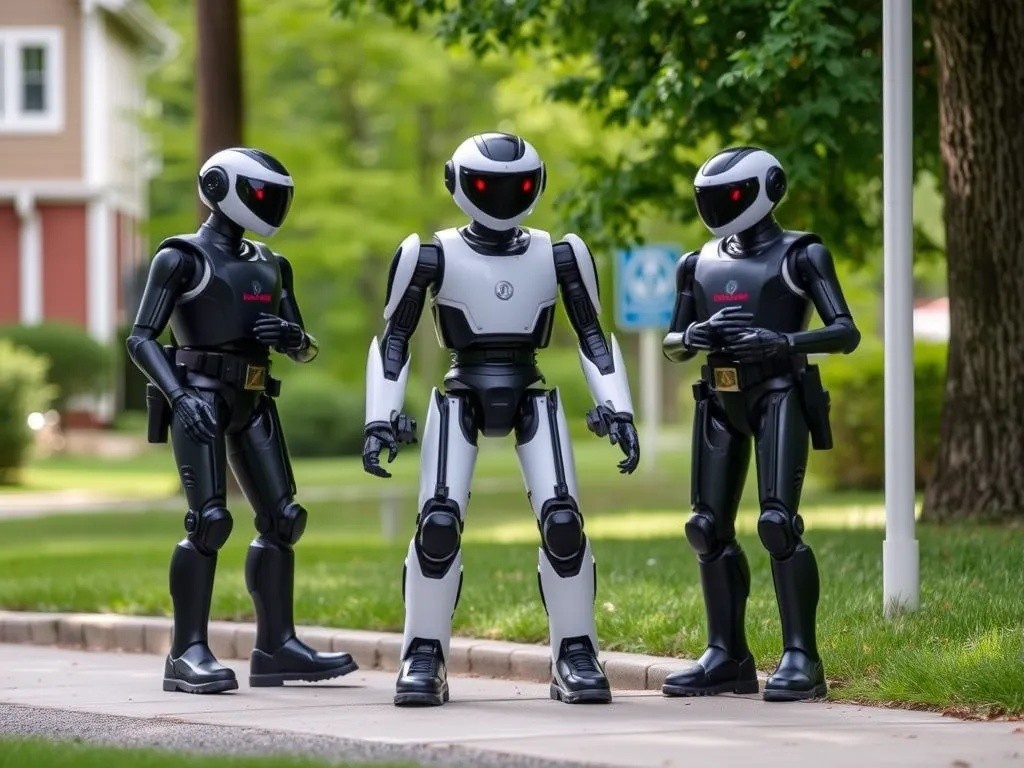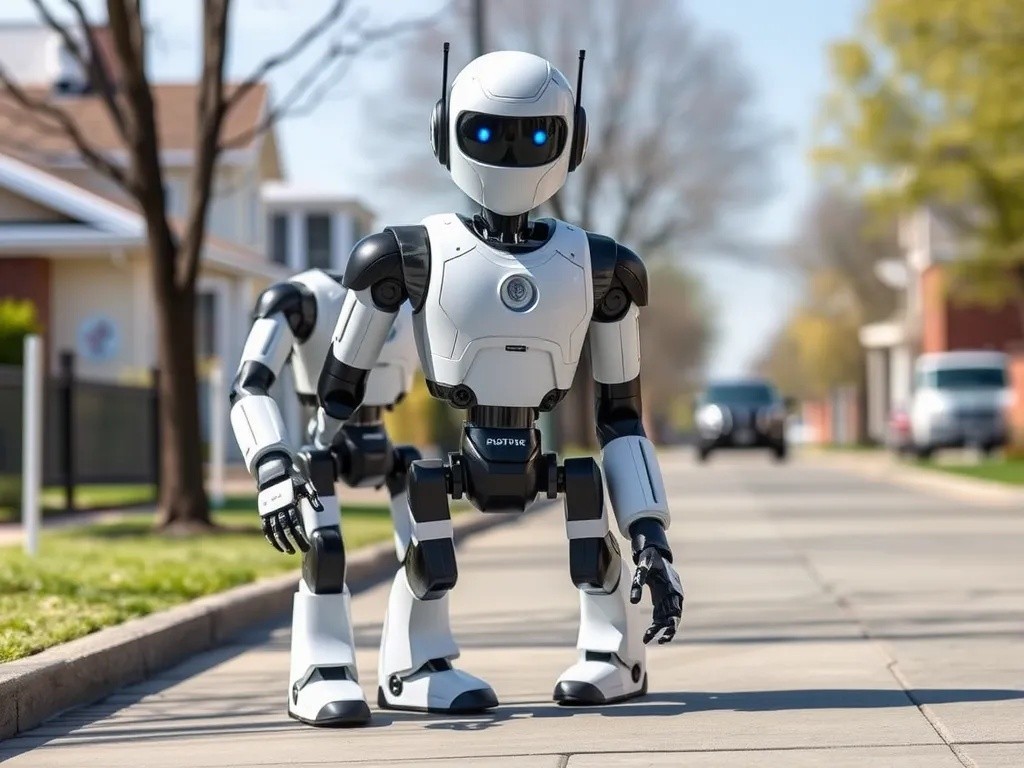In recent years, there has been a significant advancement in the field of Artificial Intelligence (AI) and Augmented Reality (AR). These technologies have become increasingly popular and have the potential to enhance virtual experiences in various fields such as gaming, education, healthcare, and...
Robot Security Guards Now Patrol Neighborhoods and Prevent Crime

The Dawn of Automated Neighborhood Security
The future of community safety has arrived in the form of autonomous robot security guards that patrol residential neighborhoods around the clock. These sophisticated machines are equipped with cutting-edge artificial intelligence, advanced sensors, and real-time communication systems that enable them to detect potential threats, deter criminal activity, and alert authorities when necessary. What was once confined to science fiction movies is now becoming a practical reality in communities worldwide.
How Robot Security Guards Work
Advanced Detection Systems
Modern security robots utilize a combination of technologies to monitor their surroundings effectively. These mechanical guardians are equipped with high-definition cameras that provide 360-degree vision, thermal imaging sensors that can detect heat signatures even in complete darkness, and sophisticated audio sensors capable of identifying sounds associated with criminal activity such as breaking glass or car alarms.
Artificial Intelligence and Pattern Recognition
The brain behind these robots is powered by advanced AI algorithms that can analyze vast amounts of data in real-time. Machine learning enables these systems to distinguish between normal neighborhood activities and suspicious behavior. For instance, the robot can differentiate between a resident taking out trash at night and an unauthorized person attempting to access private property. Over time, these systems learn the typical patterns of a neighborhood, becoming increasingly effective at identifying anomalies.
Key Features and Capabilities
- Continuous 24/7 patrol coverage without fatigue or breaks
- Instant communication with local law enforcement and emergency services
- License plate recognition and facial identification technology
- Two-way communication systems allowing interaction with residents
- Environmental sensors detecting smoke, gas leaks, or other hazards
- Weatherproof design enabling operation in all conditions

Crime Prevention Through Visible Presence
One of the most significant advantages of robot security guards is their deterrent effect. Studies have shown that neighborhoods with visible security presence experience lower crime rates. The constant patrol of these robots creates a psychological barrier for potential criminals who know their actions are being monitored and recorded. Unlike human guards who work in shifts, robot patrols maintain an unwavering presence that never diminishes.
Real-World Success Stories
Several communities have already reported remarkable success with robot security implementation. In California, one gated community saw a forty-three percent reduction in property crimes within the first six months of deploying autonomous security robots. The robots successfully detected and reported multiple incidents of vandalism, suspicious vehicles, and attempted break-ins, leading to arrests and prosecutions.
Privacy Considerations and Ethical Concerns
While the benefits are clear, the implementation of robot security guards raises important questions about privacy and surveillance. Communities must balance the desire for safety with residents' rights to privacy. Most systems are designed with strict protocols governing data collection, storage, and access. Video footage is typically encrypted and only accessible to authorized personnel, with strict retention policies ensuring data is not kept longer than necessary.
The Future of Neighborhood Security
As technology continues to advance, robot security guards are expected to become even more sophisticated. Future iterations may include enhanced AI capabilities for predictive policing, improved mobility for navigating complex terrain, and better integration with smart home systems. The cost of these systems is also decreasing, making them accessible to a broader range of communities.
Integration with Smart City Infrastructure
Looking ahead, security robots are likely to become part of larger smart city ecosystems. They could communicate with traffic systems, street lights, and other urban infrastructure to create comprehensive safety networks. This integration would enable coordinated responses to emergencies and more efficient resource allocation for public safety.
Conclusion
Robot security guards represent a significant leap forward in community safety technology. While they cannot completely replace human security personnel and law enforcement, they serve as valuable force multipliers that enhance overall security effectiveness. As these systems become more refined and widespread, they promise to create safer neighborhoods while raising important conversations about the role of technology in our daily lives. The key to successful implementation lies in balancing innovation with privacy, ensuring that technology serves humanity rather than overwhelming it.



